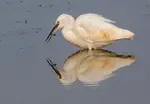- Home
- Walks
- East Yorkshire Coast
- Flamborough Head
The Battle with the Wind: A Story from Flamborough Head
The rugged cliffs of Flamborough Head and Bempton Cliffs have a way of calling you back.
I’d been once before, but I knew I had to return.
This time, I planned the visit for late June, dreaming of a coastline at its absolute peak - the air thick with seabirds, tiny chicks in the nests, and puffins dotting the clifftops.
What I hadn’t factored into my dream was the need for a thick jacket and fingerless gloves. In June.
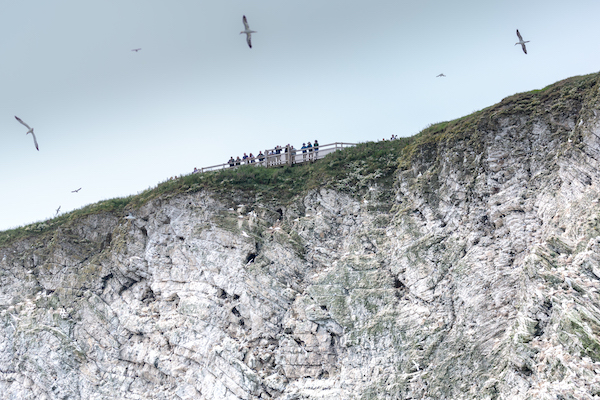 Viewpoint atop the cliffs
Viewpoint atop the cliffsA City Built on Wind
As we approached the cliff edge, the sound hit us. It was a wall of noise carried on a ferocious wind - the raw, chaotic calls of thousands upon thousands of nesting seabirds.
Gannets, Kittiwakes, Guillemots, and Razorbills clung to the cliffs, each one defending a tiny territory in a city built on wind and sea spray.
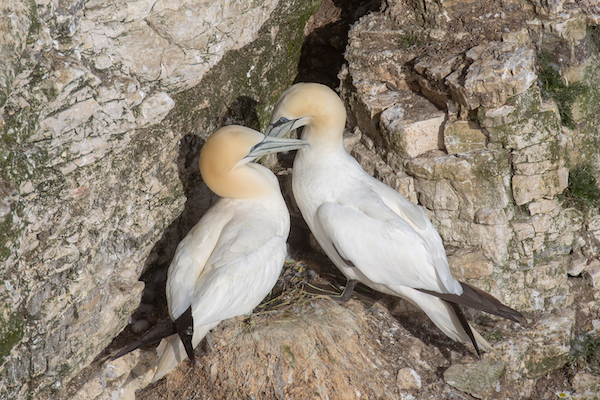 Gannet pair
Gannet pair Guillemot (bridled version on right)
Guillemot (bridled version on right)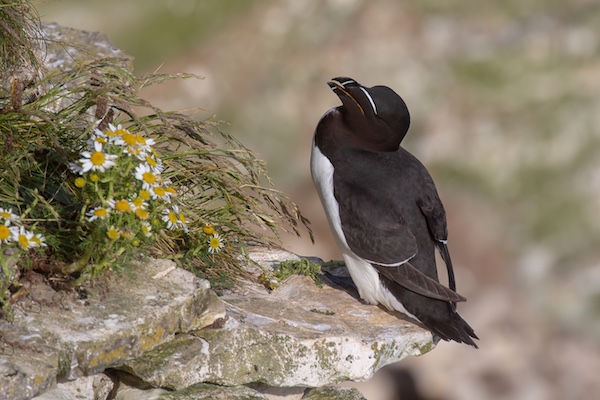 Razorbill
Razorbill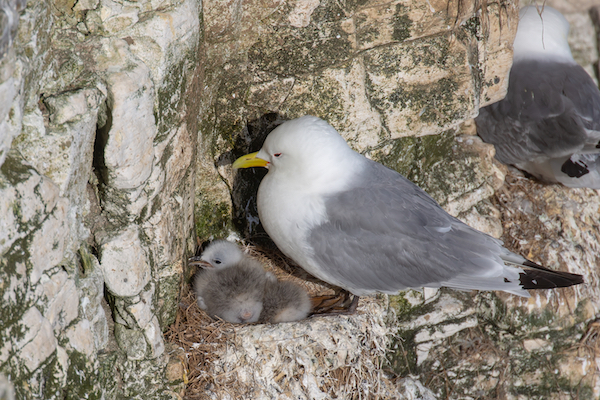 Kittiwake chicks in the nest
Kittiwake chicks in the nestThe immediate problem wasn't the sound; it was the cold.
A relentless gale blew straight off the North Sea, and no amount of clothing could stop my teeth from chattering or my eyes from watering.
My first thought was, ‘How on earth am I going to hold the camera steady in this?’
I was so thankful I’d lugged the heavy tripod and gimbal head from the car; without that stability, I’d have packed up and left.
But then I noticed something incredible.
The wind, which felt like my enemy, was my unexpected partner. Flying against the headwind, the birds were forced to slow down, almost hovering in mid-air.
And that’s when a little voice in my head, born from a dozen past failures, started chanting, ‘This is your chance. Now, don’t mess it up.’
Puffins, which normally fly at a blur with wings beating 400 times a minute, were now hanging in the air right in front of me.
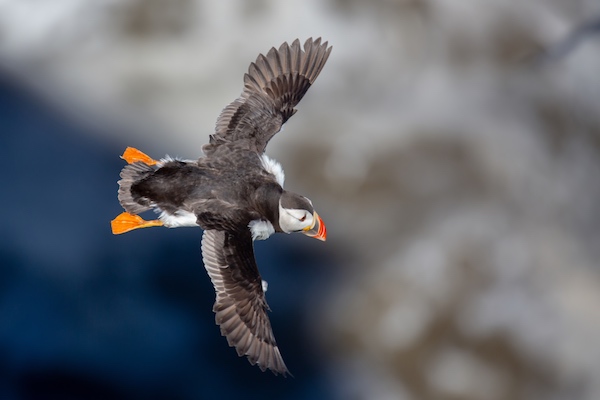 Flying Puffin
Flying Puffin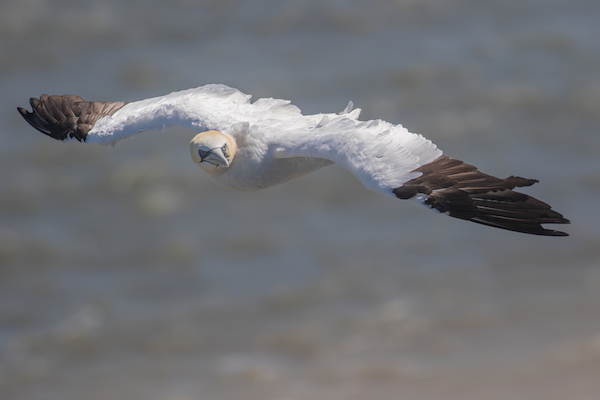 Flying adult gannet with feathers ruffled by the wind
Flying adult gannet with feathers ruffled by the windMy numb fingers felt like sausages on the small buttons, but I managed to switch to Shutter Priority and crank the dial to 1/1250s. I remember thinking, ‘That has to be fast enough to freeze the wings. Now, just keep it in the frame.’.
It’s in those challenging moments, when you have to trust your gut and your camera, that the real magic happens.
Seabird City Gallery
 Flying Fulmar
Flying Fulmar Pair of Puffin
Pair of Puffin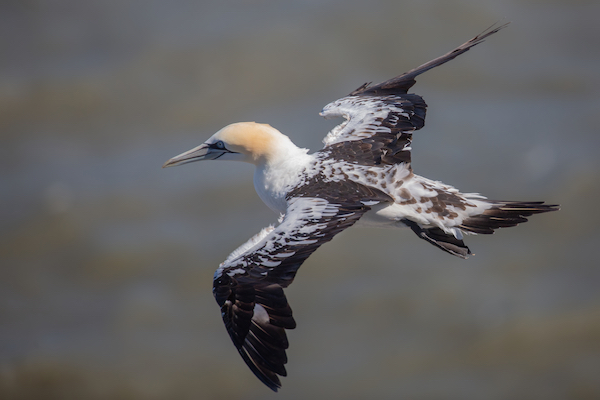 Young Gannet (possibly 3rd year)
Young Gannet (possibly 3rd year)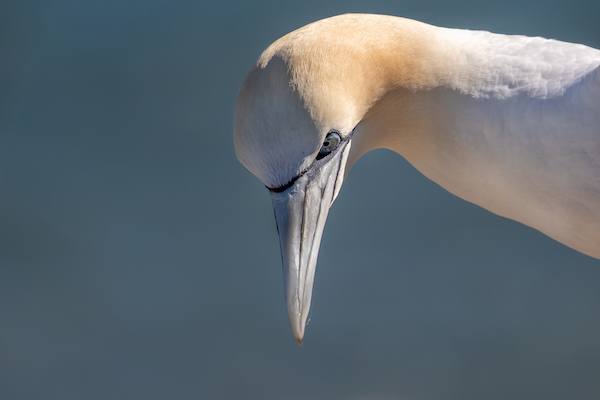 Gannet head study
Gannet head studyA Different Battle on the Water
If Friday was a battle against the wind, Saturday was a battle against the waves.
An email the night before warned of a significant swell at sea, but the gentle breeze in Bridlington Harbour gave us false hope.
The calm did not last.
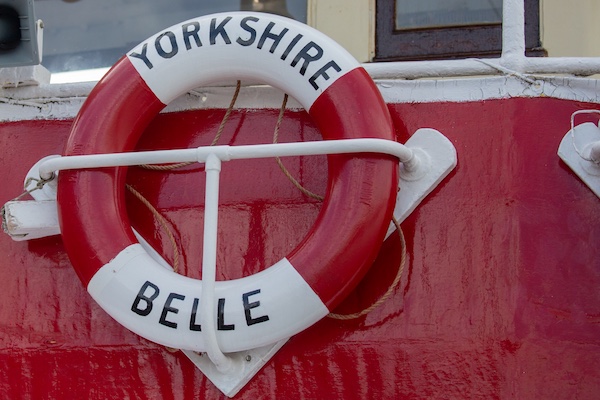
Once we rounded the headland, the Yorkshire Belle began to roll side to side in the choppy water. My stomach did the same!
Trying to photograph birds from a moving boat that’s pitching in the swell is a whole new level of difficulty. It was a humbling experience; for every one decent shot, there were twenty blurry images of sea and sky.
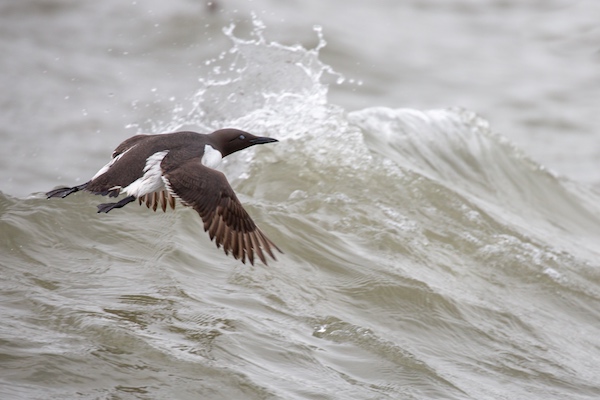 Guillemot above the rolling waves
Guillemot above the rolling waves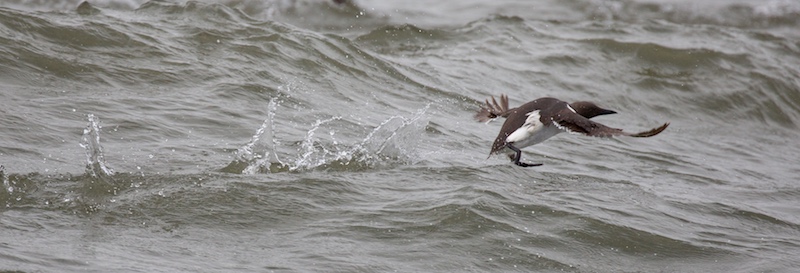 A hop, skip and in flight!
A hop, skip and in flight!The water was covered with thousands of floating Guillemots and Razorbills.
While our skipper navigated with care, maintaining a respectful distance, we witnessed something that soured the moment.
A pair of jet skiers blasted directly through the rafts of resting birds, scattering them in a panic.
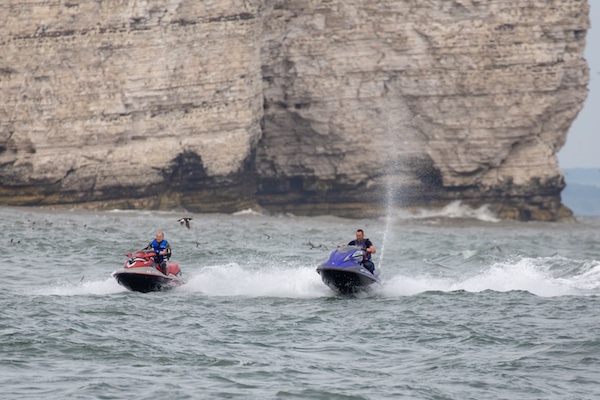
The RSPB guide on board explained this violated the protective guidelines designed to safeguard the colonies.
Watching those jet skiers scatter the birds, I felt a surge of protective anger. But it also made me realize something important: every time we approach wildlife with respect and patience, we're making a choice.
We're choosing to be part of the solution rather than the problem. That's a responsibility I carry with me on every shoot now.
The Smaller Stories
But the big spectacles of gannets and guillemots weren't the only stories unfolding.
Back on land, we were lucky enough to watch a family of Swallows fledge. The parents worked tirelessly, catching insects for the four youngsters who wobbled on fences, testing their new wings.
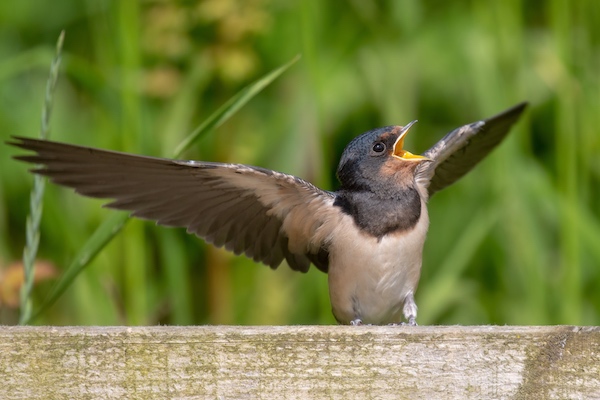 Feeding time for young swallows
Feeding time for young swallows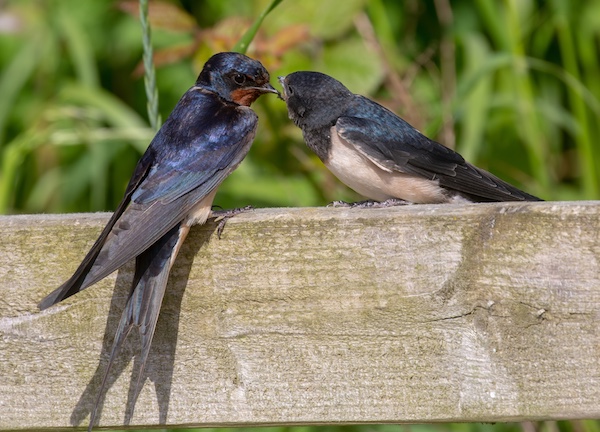
I also kept an eye out for Tree Sparrows—partly because they're Red Listed, but mostly because searching for them taught me patience.
When everything around you is dramatic and obvious, learning to spot the quiet, overlooked species sharpens your eye for detail. It's a skill that serves you everywhere.
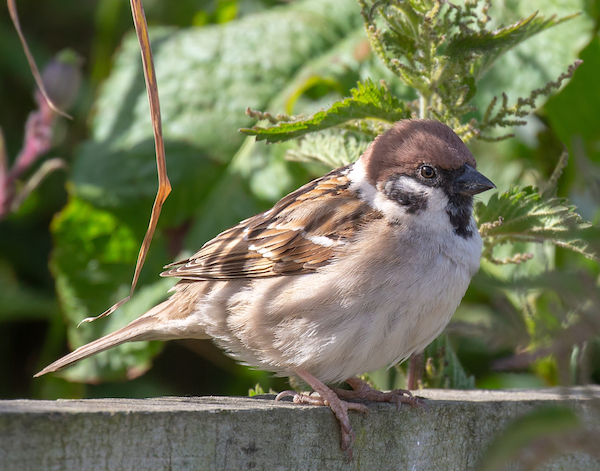 Tree sparrow
Tree sparrowIt’s these quiet, intimate moments that often stay with you the longest—a handsome male Linnet posing briefly on a hedge, or the fleeting glimpse of a Short-eared Owl at dusk
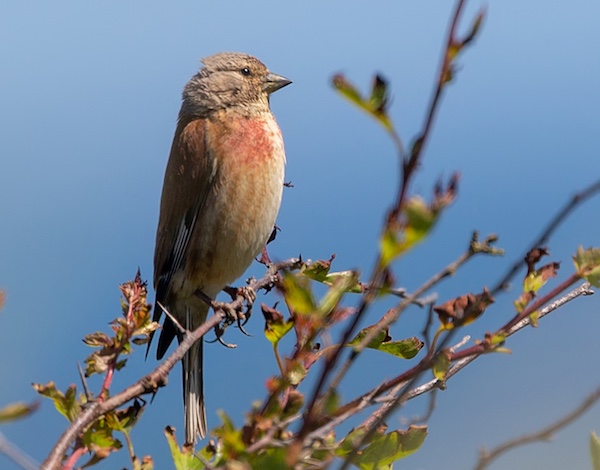
What I Learned at the Edge of the World
That weekend, I took over a thousand photographs.
But the real takeaway wasn’t a memory card full of images. It was the humbling, thrilling feeling of standing at the edge of the world, in the teeth of a gale, and finding a way to capture the story unfolding around me.
You don’t need the best camera gear for that.
You just need patience, warm gloves, and a willingness to see the wind not as an obstacle, but as an opportunity. It’s a lesson that Yorkshire's rugged, dramatic coastline is always waiting to teach.
Further Reading
- My first visit to Bempton Cliffs - An earlier account from early June
- Short-eared Owls at Nene Washes - Better views of these elusive raptors
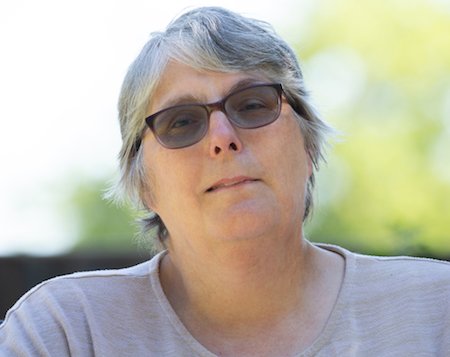
About the Author
For me, it’s never been just about bird names or camera settings, but the thrill of seeing a distant speck turn into a hunting kestrel.
After years of learning how to notice and photograph those moments, my camera has become the tool - and this site the field notebook - where I share what I’ve discovered.
If you’re ready to look a little closer, you’ll find the trips, lessons, and small wins that can help you see and photograph the wildlife right on your doorstep.
Step Behind the Wild Lens
If you’ve enjoyed your time here, you can also follow along by email.
I send the Wild Lens newsletter occasionally. It’s where I share:
- Fresh field notes and recent encounters
- The stories behind favourite photos
- Practical tips that don’t always make it onto the site
You’ll get new UK wildlife guides, photo tips, and ideas for your next walk, straight to your inbox.


